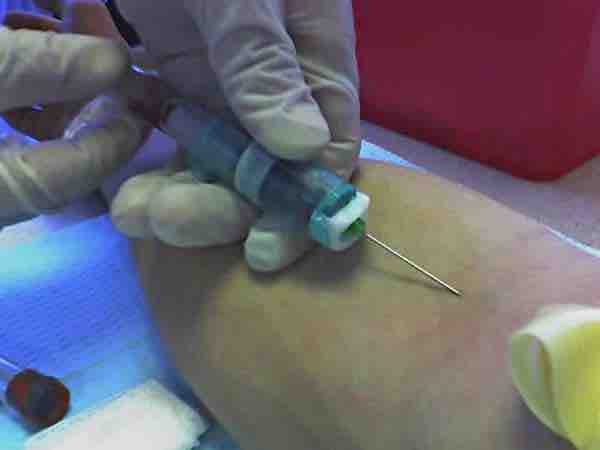Laboratory diagnosis of an infectious disease begins with the collection of a clinical specimen for examination or processing in the laboratory.
The laboratory, with the help of well-chosen techniques and methods for rapid isolation and identification, confirms the diagnosis.
It has been observed that the most important and frequent factor affecting laboratory analysis, even in a well-functioning laboratory, is not the laboratory investigation itself but specimen preparation and errors in identification or labeling. Proper collection of an appropriate clinical specimen is, hence, the first step in obtaining an accurate laboratory diagnosis of an infectious disease.
Applying one's knowledge of microbiology and immunology for the collection, transportation and storage of specimens is as important as it is in the laboratory. For starters, the interpretation of the observation may be misleading if the specimen is inadequate.
There are several types of specimens recommended for diagnosis of immunological diseases including: serum samples, virology swab samples, biopsy and necropsy tissue, cerebrospinal fluid, whole blood for PCR, and urine samples.
Serum is the preferred specimen source for serologic testing. Blood specimens are obtained aseptically using approved venipuncture techniques by qualified personnel . Specimens are allowed to clot at room temperature and then are centrifuged. Serum is transferred to tightly-closing plastic tubes and stored at 2 – 8°C before shipment--which should always be prompt. Acute serum should be collected at the onset of symptoms. Convalescent specimens should follow two to four weeks later. Paired sera are tested together.

Venipuncture
Performed to draw blood sample using a vacutainer
Plasma is also collected for a very limited number of tests. Lipemic, hemolyzed, or contaminated sera may cause erroneous results and should be avoided as should repeated freeze-thaw cycles.
Another type of specimen used for disease diagnosis is cerebrospinal fluid (CSF). This should be transported in tightly-closing plastic tubes. Refrigerated CSF is acceptable for a limited number of serologic tests; however, if PCR is to be performed for the viral panels, the specimen must be frozen and shipped on dry ice. CSF specimens should be clear of any visible contamination or blood. A lumbar puncture (or LP, and colloquially known as a spinal tap) is performed to collecte CSF. This consists of the insertion of a hollow needle beneath the arachnoid membrane of the spinal cord in the lumbar region to withdraw cerebrospinal fluid for diagnostic purposes or to administer medication.